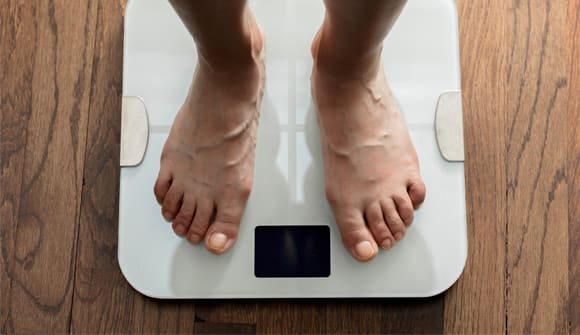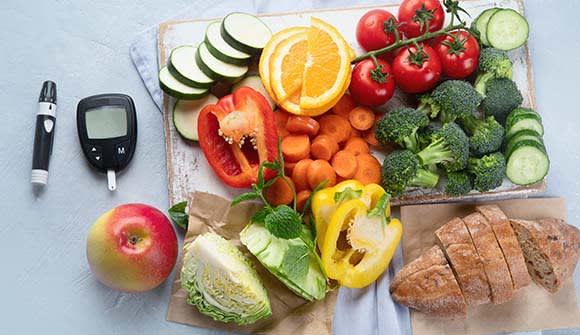Sweet little lies
Where is sugar hiding in your diet?
Article Date:

Diabetes is a disease in which the body is unable to produce or properly use insulin to control the levels of glucose (blood sugar) in your blood stream. Diabetes results when there is too much glucose in your blood stream.
Sugar can be dangerous — for those with diabetes and for those who don’t know they are at risk. Many of us watch what we eat, but few of us know how much hidden sugar is in everyday items such as soft drinks, candy, pastries and canned fruit. We all know there is sugar in the candy we crave, but did you know that ketchup is high in sugar?
Researchers at Emory University found that participants consumed an extra 320 calories in added sugars throughout any given day. Those extra calories can really add up and contribute to higher rates of obesity and diabetes.
Some foods are misleading. You wouldn’t think that foods that have been deemed “healthy” would contain ingredients that could be harmful to your health or ruin your diet.
Here are some foods that include sneaky amounts of sugar:
- Bottled spaghetti sauce – some types of spaghetti sauce have as much as three times the amount of sugar as other sauces.
- Breakfast cereals and bars – we all know that certain types of cereal have high amounts of sugar, but some “healthy” cereals such as Frosted Mini Wheats also pack a sugary punch.
- Sugary beverages – soda, juice, smoothies, energy drinks and flavored milks can pack a surprising amount of sugar into those small bottles. Limiting these beverages can help your glucose levels as well as maintain your waistline. A 12-ounce can of regular soda has about 160 calories, or about 10 teaspoons of sugar.
- Packaged fruits – fruits that are preserved in heavy or light syrup can contain up to 30 grams of sugar in an individual package. A good alternative is fresh fruit as opposed to packaged fruit.
Diabetes Type 1 and Type 2
In Type 1 diabetes, the immune system begins to attack and destroy your insulin-producing cells in the pancreas. Because of the lack of insulin, glucose builds up in your bloodstream instead of being transported to your cells – where it serves as fuel for many bodily functions.
While the causes of Type 1 diabetes are still unknown, scientists believe that genetics and environmental factors play a role in developing the disease.
In Type 2 diabetes, the body does not produce enough insulin or the cells become resistant to the action of insulin and sugar build up in the bloodstream. Your body becomes unable to regulate blood glucose levels. Type 2 diabetes is the most common form of diabetes. It affects about 30 million people in the U.S., and 1.4 million people are diagnosed with diabetes every year.
Many people have prediabetes – blood glucose levels that are higher than normal but not high enough for a diabetes diagnosis. People with prediabetes can prevent or delay a diagnosis of diabetes by following a diet and exercise plan to reduce excess weight and keep blood glucose stable.
Attend a free nutrition talk at a Baptist Wellness Center. Find the location nearest you to browse the schedule of upcoming events hosted there.
Our guest columnist is Sirlys Arcon-Rios, MD, is an endocrinologist with Baptist Endocrinology, based at the San Jose location. If you have pre-diabetes, or Type 1 or 2 diabetes and need help managing your condition, make an appointment by calling 904.260.9699.



